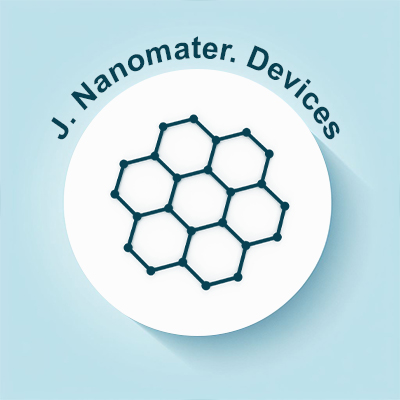
Journal of Nanomaterials and Devices
OPEN ACCESS

OPEN ACCESS
.jpg)
Department of Biotechnology, Utkal University, Bhubaneswar, India
Quantum dots (QDs) have emerged as a transformative class of nanomaterials in the field of biomedical imaging, offering unique optical and physicochemical properties that enable high-resolution and multiplexed visualization of biological systems. This mini review explores the application of QDs in targeted bioimaging, emphasizing their role in advancing cellular diagnostics. Owing to their size-tunable fluorescence, broad excitation spectra, and exceptional photostability, QDs surpass traditional fluorescent dyes in both sensitivity and durability. Functionalization of QDs with targeting ligands such as antibodies, peptides, and aptamers allow for precise localization to specific cellular biomarkers, facilitating the identification and monitoring of pathological states at the molecular level.
We discuss various synthesis techniques and surface modification strategies that enhance the biocompatibility and specificity of QDs for in vitro and in vivo applications. Particular attention is given to their use in cancer diagnostics, where QDs have demonstrated superior imaging capabilities for early detection and real-time monitoring of tumor progression. Despite these advancements, challenges such as potential cytotoxicity, limited biodegradability, and regulatory concerns remain significant barriers to clinical translation.
The exploring innovative approaches designed to enhance both the safety and performance of quantum dots (QDs). These include the use of non-toxic core materials and the creation of hybrid nanostructures. By overcoming existing challenges, QDs have the potential to significantly advance targeted bioimaging and support the development of more precise diagnostic tools at the nanoscale in biomedical research.
Department of Biotechnology, Utkal University, Bhubaneswar, India